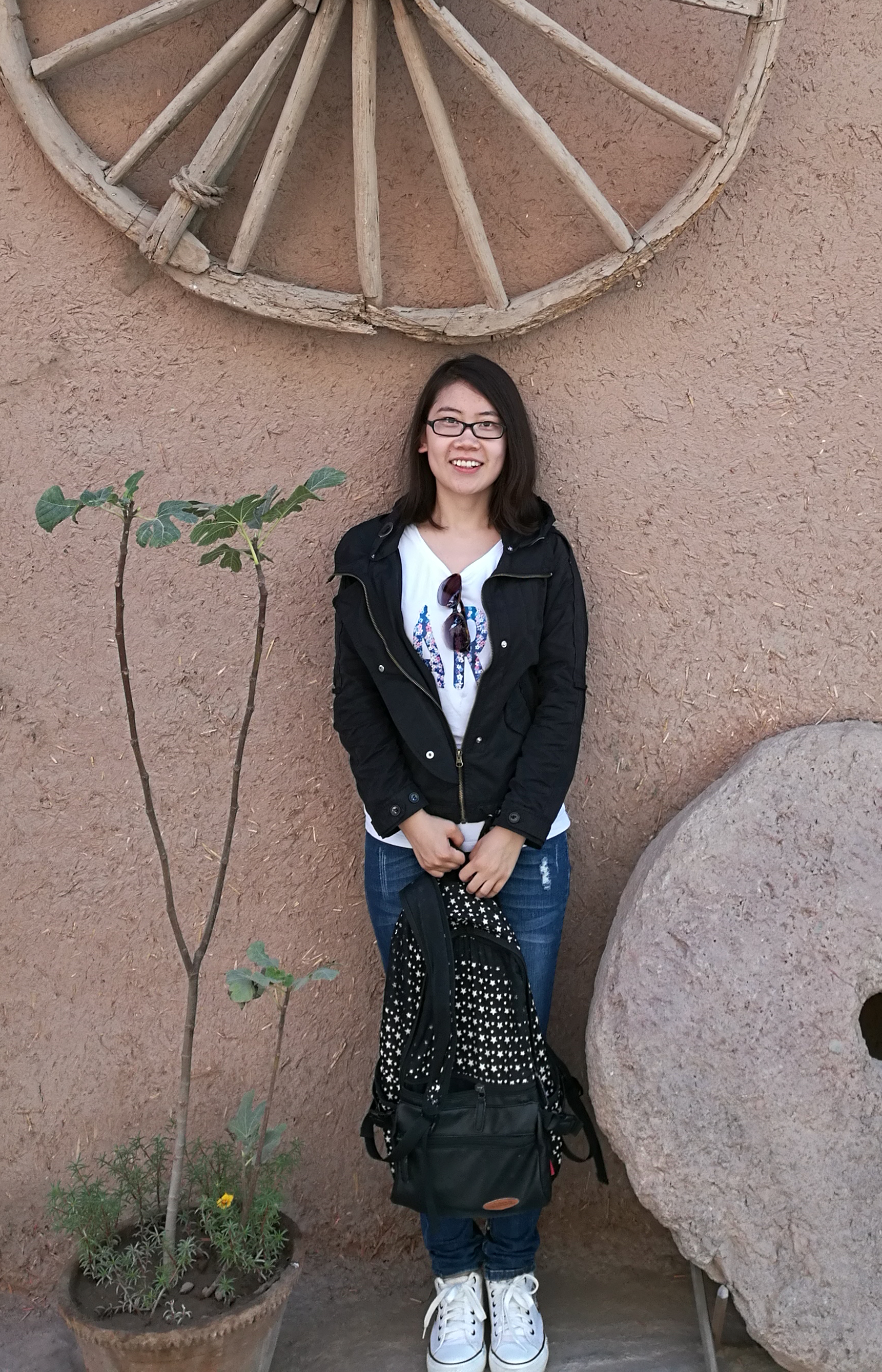What the future looks like: NAU student creates tool to make modeling easier for ecologists

Xin Huang wants to make modeling and using big data easier for everyone, especially ecologists who don’t have extensive computer programming experience. As a third-year doctoral student in the Center for Ecosystem Science and Society at Northern Arizona University, Huang saw a technical barrier between the earth system modeling community and ecologists who want to improve models with data: coding.
That’s why she created a user interface called “MIDA”—model-independent data assimilation—which allows a scientist to improve a model with data without extensive coding experience. The resulting study, “A model-independent data assimilation (MIDA) module and its applications in ecology,” was published in Geoscientific Model Development and is Huang’s first lead-author publication.
“A model is a powerful tool to approach the future with, which is why we wanted to expand access with this software,” said Huang. “In this data-rich era, we use data assimilation to integrate abundant observations into models. If an ecologist wants to train a model but doesn’t have extensive programming experience, they might run into technical issues. This software aims to remove that barrier.”
Huang is a member of Yiqi Luo’s EcoLab, where she and her colleagues work to make earth system models faster and more accurate through data assimilation and the matrix approach. “Even if a model is perfect, we need observations to constrain it. So data assimilation is a tool we use to bring the model and our observations together, to create a clearer picture of what the future looks like.”
Huang, who received her masters from Tsinghua University in China, said publishing in Geoscientific Model Development means a great deal to her, since the journal is a gold standard in her field. The paper was co-authored by research associate Lifen Jiang, postdoctoral fellow Enqing Hou, and Regents’ professor Yiqi Luo of the Center for Ecosystem Science and Society, and assistant professor Igor Steinmacher and Regents’ professor Andrew Richardson of the School of Informatics, Computing, and Cyber Systems.
What’s next for Huang? She plans to use MIDA and data from the SPRUCE project in northern Minnesota to improve ecological forecasting.
“Climate forecasting, like weather forecasting, comes with uncertainty,” Huang said. “When we talk about modeling future aspects of the climate, this uncertainty is huge, especially around the nature of carbon sources and sinks and the processes that drive them. This is the work I want to dive into next.”


